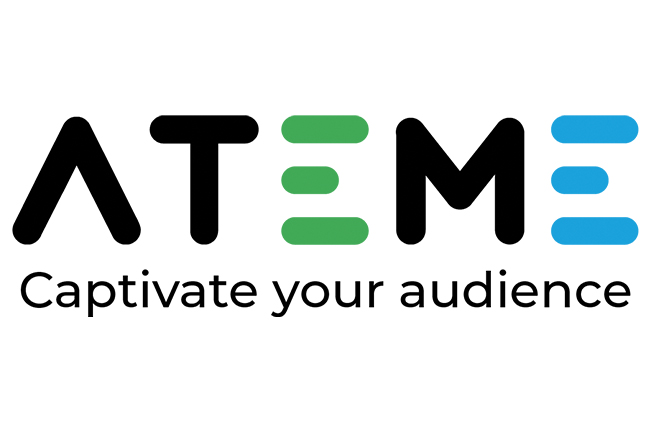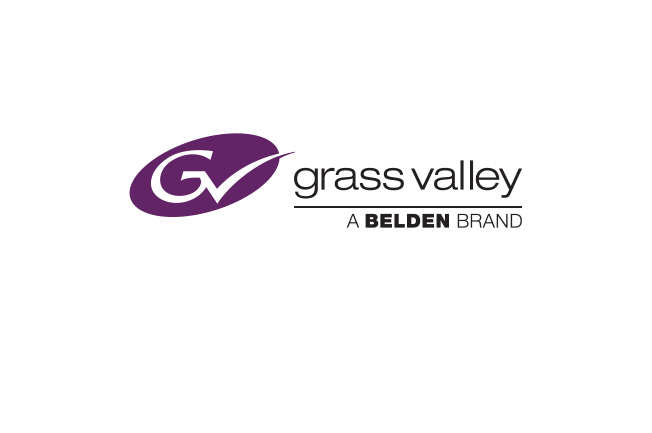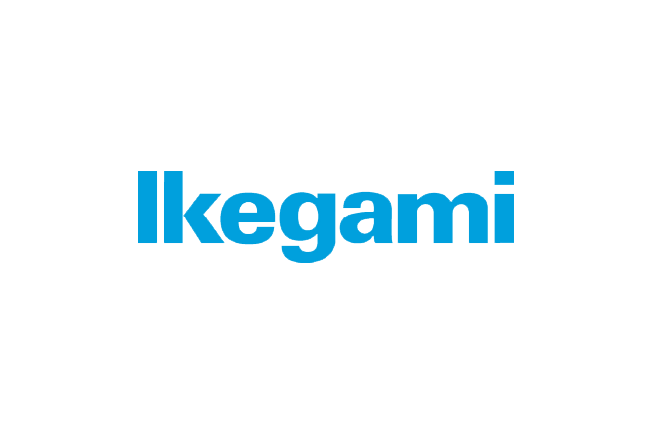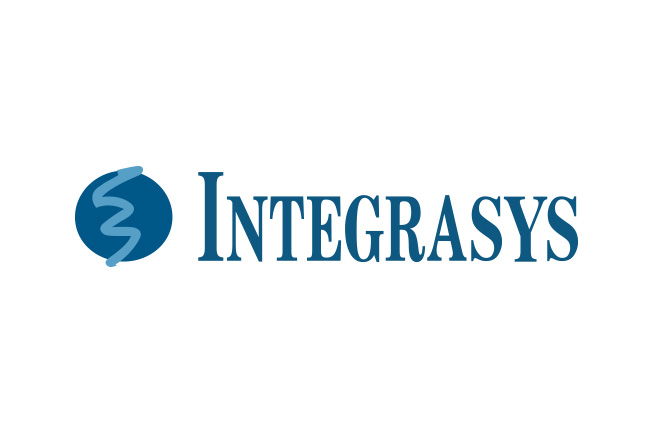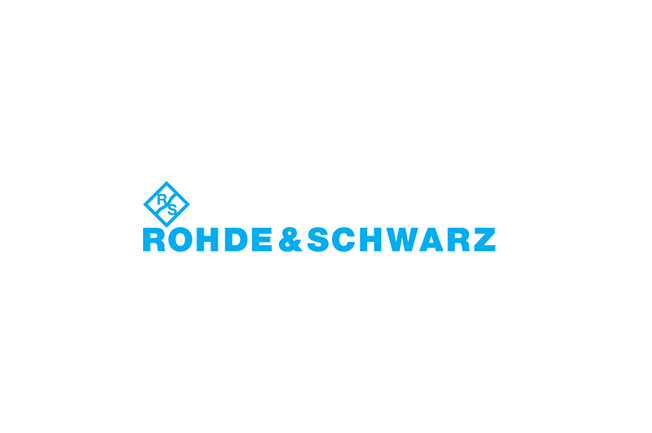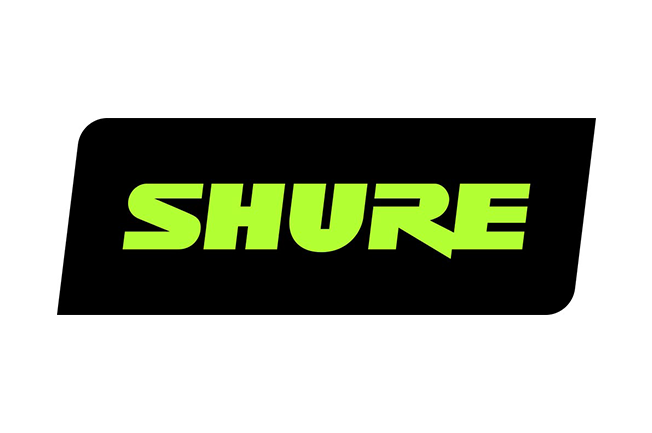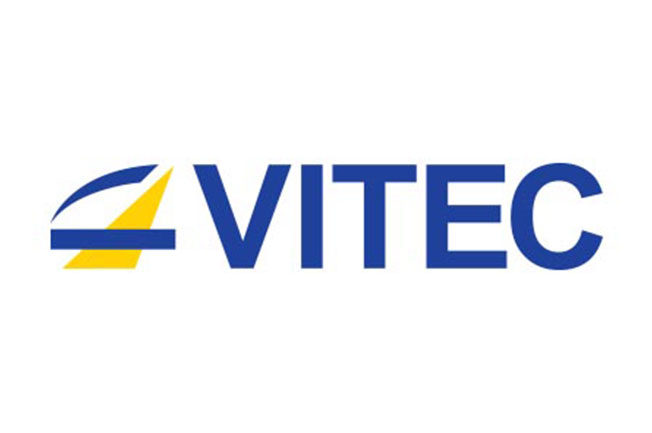Intelligent and powerful storage systems
DDP – Dynamic Drive Pool is a multi-award-winning shared storage system available with SSD caching, load balancing and automatic data redistribution, as well as a range of additional advantages including linear bandwidth scaling, mirroring and single namespace. And all of it in one box and from one ethernet network – simple. An IP-SAN-based solution allowing full project and file level-based sharing, it uses almost 100% of the available ethernet bandwidth.
DDP is a simple, effective (not to mention affordable) storage solution dedicated to meeting the demands of film, video and audio users. It is packed with the most innovative technologies available for post-production and broadcast.
Heterogeneous DDP Cluster Configuration with DDP OS V5
With the V5 OS, DDPs can be clustered so that when one system fails, all data is still available. This technology enables clients and applications to continue their operations without interruption. As data replication is carried on in the background, everything remains transparent for the client.
SSD Caching
The most common method of SSD caching currently used is when cache is filled on demand with the least used data being pushed out. This process is called ‘on-demand caching’. The problem with this method is that no one knows exactly what is in the cache and so as a result generally don’t have much control over the process. Therefore, it makes better sense that the general rule for storage manufacturers would be ‘the bigger the cache, the better’. However, this adds substantial costs pushing up the price of the storage server. For DDP, while this is possible, a much better way is the ‘pinned’ method where an operator selects folders or folder volumes where cached files are located.
Multiple Connections per Session
With the DDP MCS (multiple connections per session) you can combine several 1GbE, 10GbE connections for increased performance. By simply using two 1Gb/s ethernet cables between DDP and a client machine, you can double the usable bandwidth. This means you can playback 10bit HD uncompressed video 160-180MB/s with no drop frames using 2 x 1GbE cables.
Bandwidth Control
DDP offers bandwidth control on the iSCSI block IO level. It means that settings can be altered by the user so that bandwidth limits are subject to negotiation between the target and source. Both upload and download bandwidth can be set independently on each desktop giving the user the reassurance of having complete control.
Workflow Manager
For folder-based Access Rights permissions, the workflow manager has all the required Access Right management tools. Access Rights can be set for each folder for read, write and delete with every possible combination (read-only, read/write, read/write no delete, write only (Dropbox) and no access).
Folder Volumes
With the DDP, it is possible to assign volume properties to any folder or subfolder. With Folder Volumes, there is one namespace with any number of roots solving a common problem when editing applications. Other advantages include not having to move data across the DDP volumes when using Folder Volumes.
Quota Control
This is a very useful function as it enables you to modify (at any moment and in real-time) the available space a user can see and use for a given folder volume. When extra space is required on a folder volume, quota size can be increased temporarily and then set back to its original value whenever you are ready.
Archiware
All DDPs integrate the Archiware P5 which is a complete software solution for data backup, synchronisation and archiving. The standalone, scalable DDP series comes with a free licence of P5 backup for professional grade backup to LTO tapes. LTO tapes are the chosen technology used by large corporations, banks and broadcasters.
For more information, visit www.ddpsan.asia










